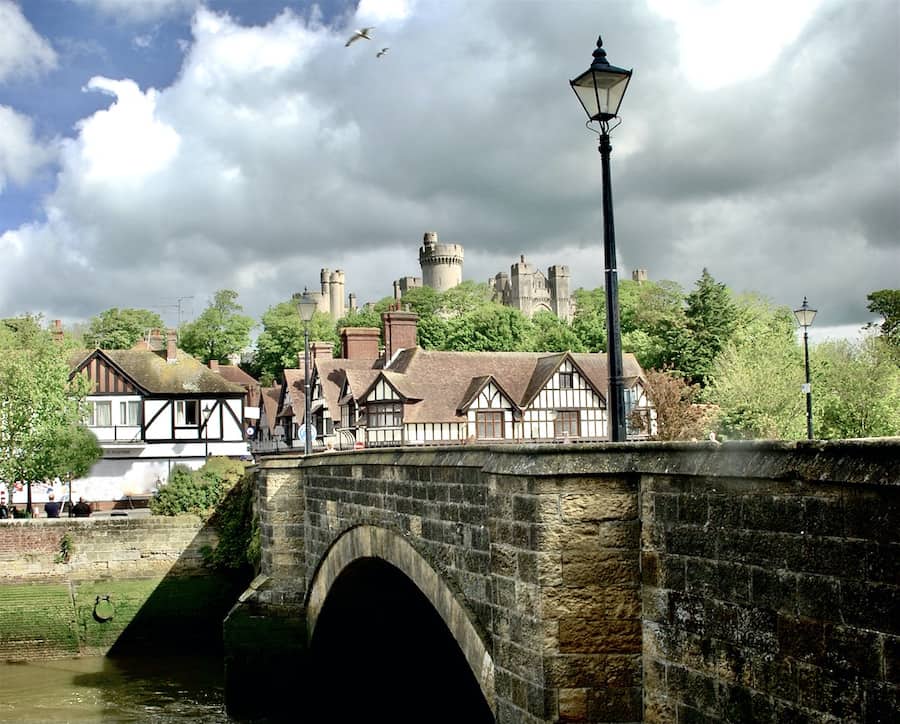Tourist header template
- Home
arrow_drop_down
- What’s On
arrow_drop_down
- Where To Stay
arrow_drop_down
- Things To Do
arrow_drop_down
- Eat & Drink
arrow_drop_down
- Shopping
arrow_drop_down
- Plan Your Visit
arrow_drop_down
- Local Businesses
arrow_drop_down
- Business Support
arrow_drop_down
- Local Directory
arrow_drop_down
- Estate & Lettings Agents & Architects
- Health, Beauty & Wellbeing
- Home & Gardening Services
- Photographers, Fashion & Lifestyle
- Retirement, Care & Funeral Services
- Travel, Holidays & Languages
- Tradesman, Builders and Property Services
- Vehicle Repairs, Storage, Hire & Taxi Services
- Weddings, Events & Entertainment
- Business Support
How much do you really know about Arundel?
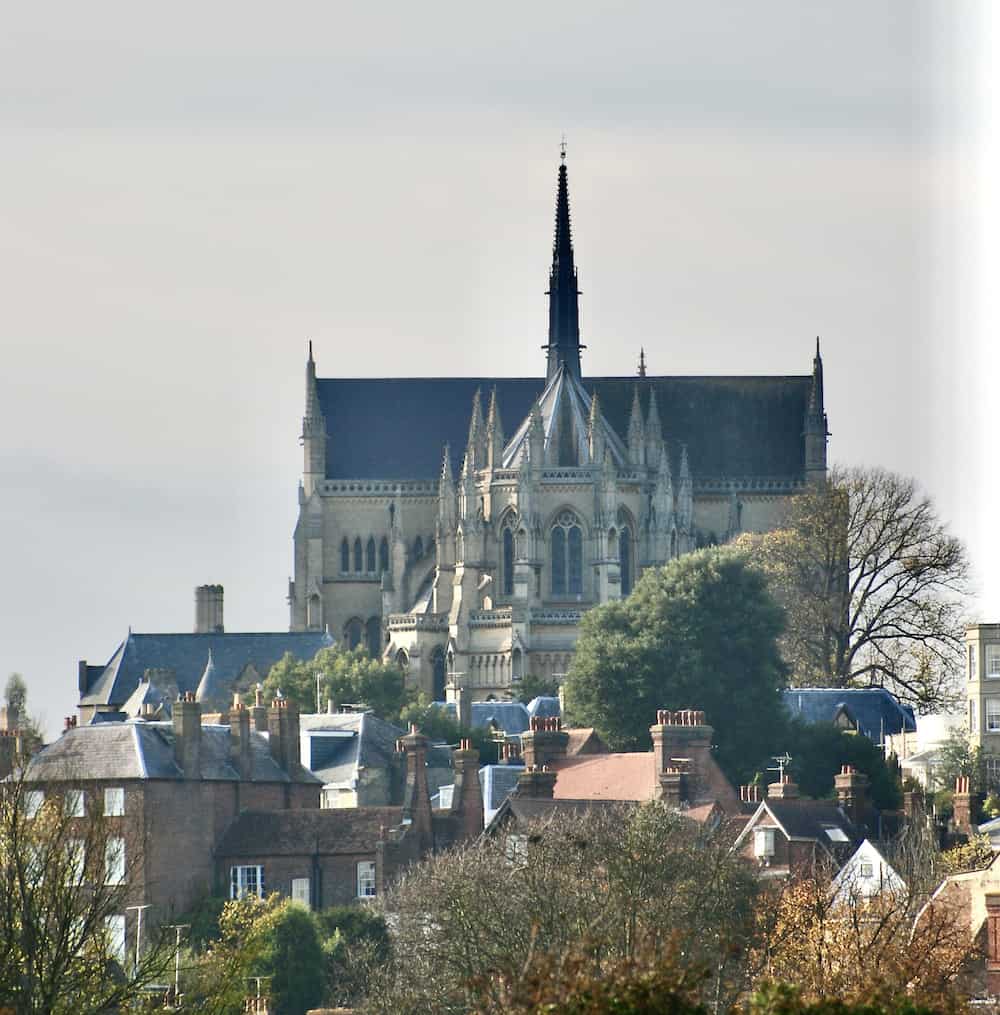
Read on for Arundel facts, folklore and tips to stay flea-free (yes, you did read that right!)
A sword called Morglay in Arundel Castle
If you are a giant named Bevis of Hampton, with a horse called Hirondelle, what would you call your sword? How about Morglay? Morglay is a whopping 5ft9″ long, and you can see it today in the Arundel Castle armoury.
Bevis of Hampton needed a very long sword because he was very, very tall. It was said he could walk through the sea to the Isle of Wight without getting his head wet! When Bevis of Hampton sensed the end of his life was near, he flung his sword Morglay from the Arundel Castle keep. And he was buried where it landed. Next time you walk through the Castle Grounds, look out for the Bevis Mound. According to legend, there’s a giant in an eternal sleep underneath, under the very spot Bevis of Hampton’s sword, Morglay, hit the ground. Of course, it could be a prehistoric burial mound… What do you think?
What has Arundel Cathedral got in common with taxi cabs?
It might be hard to believe, but they were both designed by the same man. Joseph Hansom designed Arundel’s Catholic Cathedral, which was built in 1868, and the first-ever taxi, to which he gave his name – Hansom Cabs.
When it was built, Arundel Cathedral wasn’t… a cathedral, that is. This magnificent building wasn’t designated as a cathedral until 1965, 97 years after Mr Joseph Hansom left his lasting mark on the Arundel skyline. Every year, for the past 140 years, Arundel Cathedral holds a fabulous festival of flowers to celebrate the feast of Corpus Christi. The carpet of flowers, which is laid up the central aisle, is a must-see if you visit Arundel in June. The designs vary each year, and there is usually a chosen theme.

Staying flea-free Arundel style…
The day the Cybermen came to Arundel Park!
In 1988, a TV episode of Dr Who, ‘Silver Nemensis’, was filmed at the Hiorne Tower, in Arundel Park overlooking Swanbourne Lake. Anyone who happened to be walking their dog or out for a relaxing stroll in Arundel Park on that day was no doubt surprised to see not fellow walkers wandering around – but invading Cybermen!

From cattle market to Arundel Farmers’ Market
Have you seen the white iron posts fixed into the ground on Bakers Arms Hill and King’s Arms Hill? They were once used to form part of the animal pens for Arundel’s regular cattle markets held in Arundel Town Square. The cattle markets have long gone, but there is still a fabulous market in town – the Arundel Farmers Market. Held on the 3rd Saturday of every month, locals and visitors flock to the market to stock up on a fantastic selection of local produce, including cheeses, bread, meats, plants and Sussex beer.
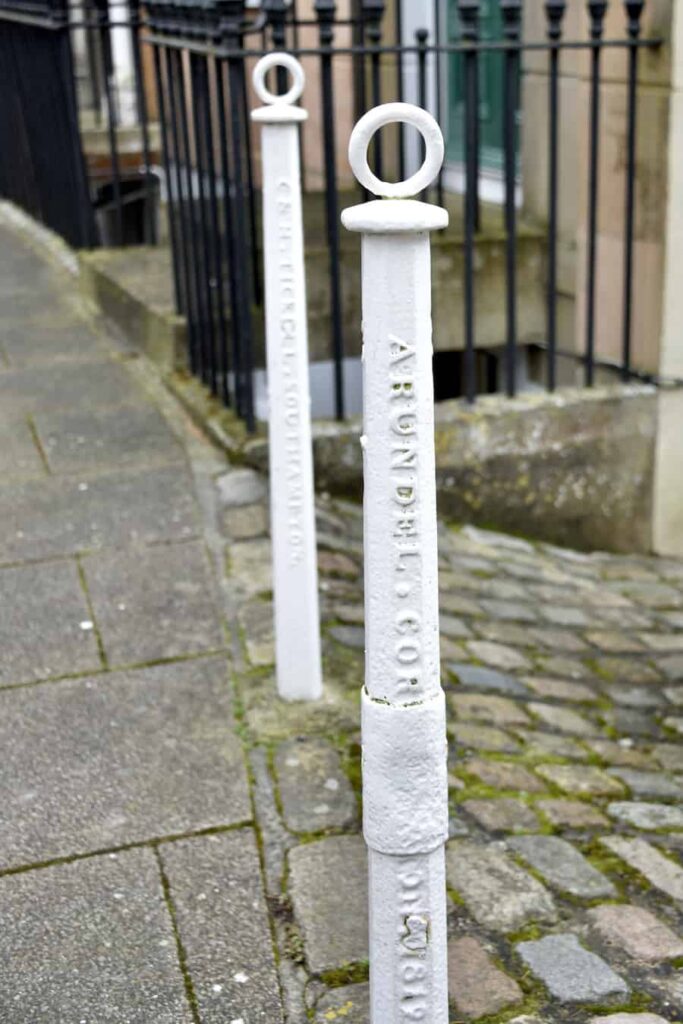
When the Romans came to Arundel…
They built a road. Of course, they did! The Roman road linked Chichester to Brighton. This meant crossing the River Arun, so the ever-ingenious Romans built a ferry near to where you can find the Arundel Railway station. This Roman road went along the Causeway in Arundel and then veered off towards the south at Crossbush before heading east and passing just north of where Poling village is today.
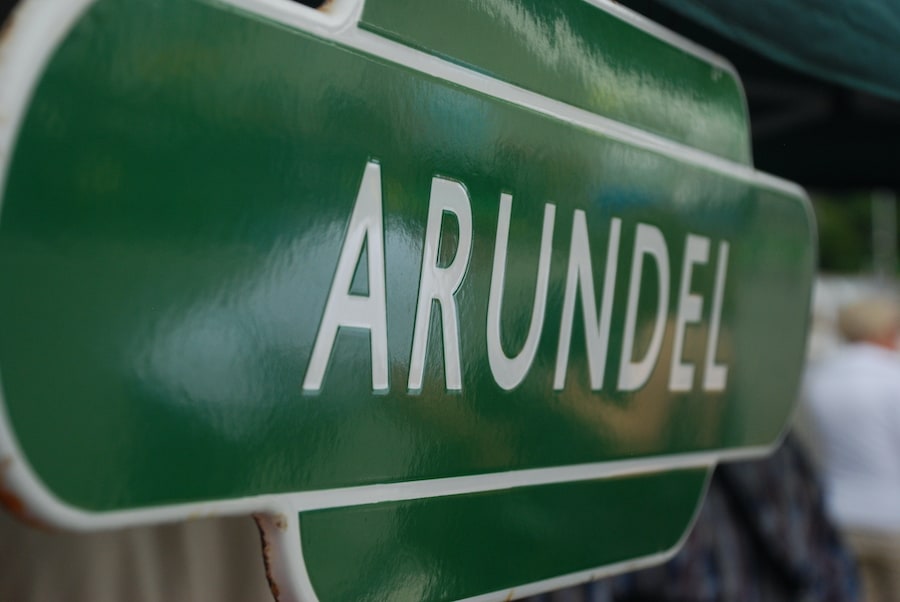
German bombs over Arundel
In 1940, during The Second World War, a Junker Ju88 crashed at Swanbourne lake’s edge. The German plane was shot down by Hawker Hurricane fighters based at Tangmere and crashed on the west side of the lake. It wasn’t until 1989 when the lake dried up, that evidence of the crash was discovered. Parts of the aircraft could be seen at the bottom of the lake as well as a 50kg UXB…that’s an unexploded bomb in you’re wondering. The following two more bombs were discovered, and you can see one of these at Arundel Castle.
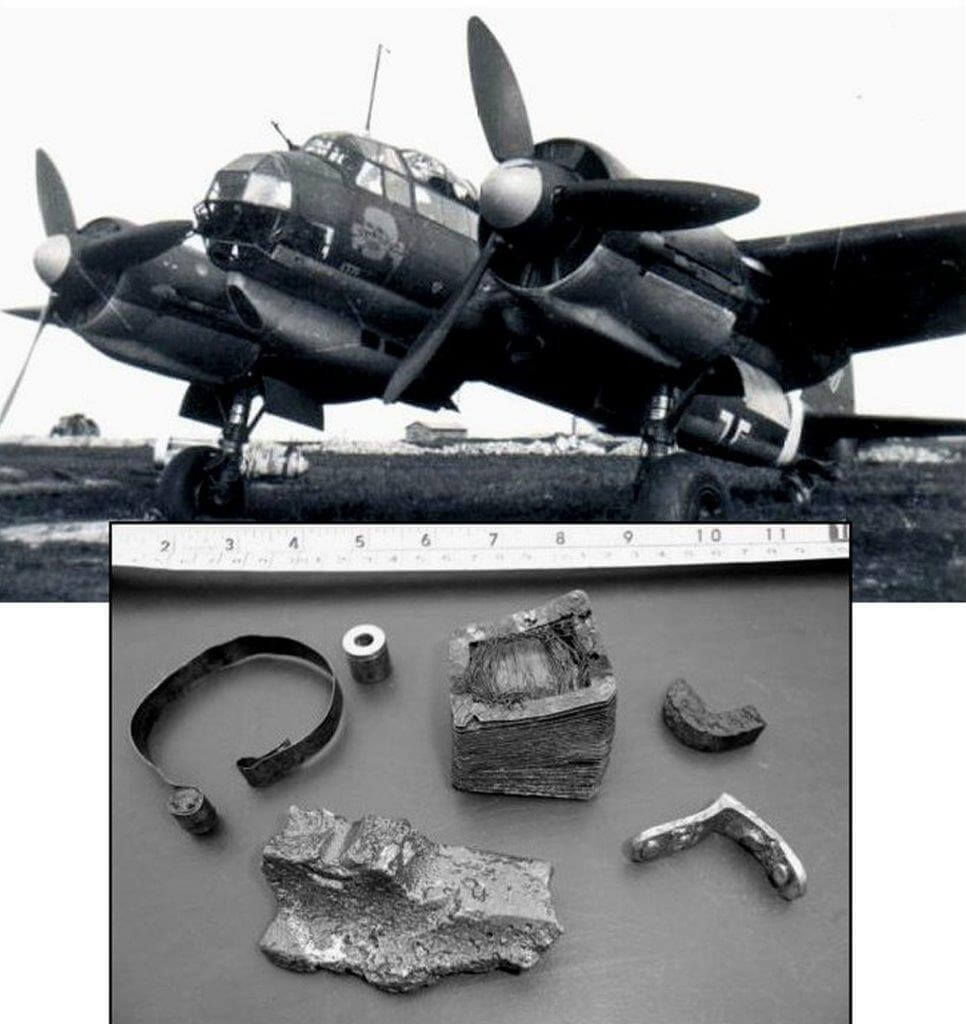
Mill Road - mistletoe and lime…
The 15th Duke of Norfolk, Henry Fitzalan-Howard, had the brilliant idea to create a beautiful avenue from Arundel to Swanbourne Lake. We know this avenue as Mill Road, a popular spot for walks under the double row of lime trees. When Mill Road was built in 1892, the Duke officially opened with a carriage ride – and invited two lucky local school children as his passengers. Today, the lime trees are home to generous bunches of mistletoe, which you can see easily on autumn or winter walks when the leaves have fallen.

When was the River Arun not the River Arun?
From Roman Times until the 16th century, the River Arun was called the River Tarrant. In those days, the name made perfect sense – because the river ran alongside Tarrant Street. There was no River Road; it was the river. The River Arun is now considered to be one of the fastest flowing rivers in the country. It is also tidal, so please try not to fall in – you could find yourself swept along by the powerful current. Next stop, Littlehampton!
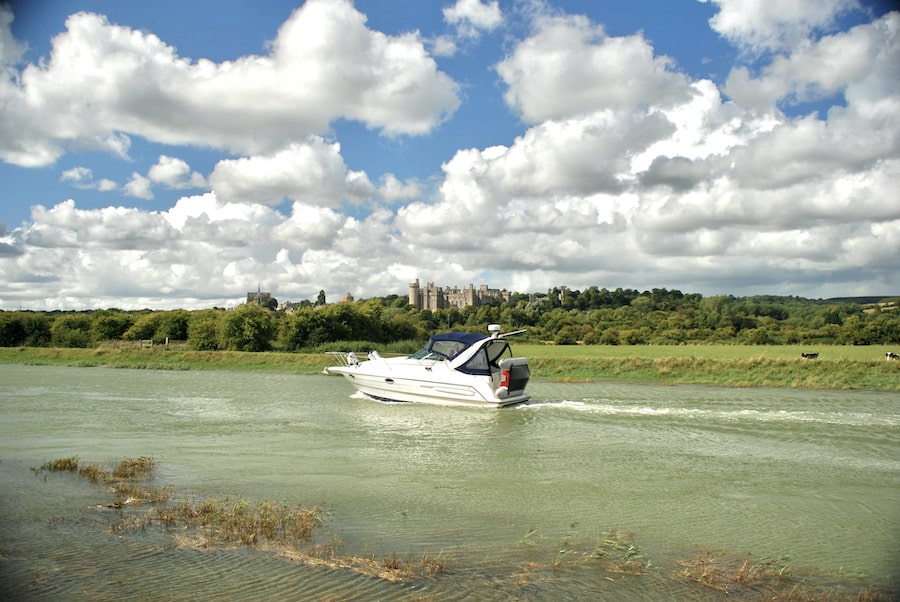
Arundel’s oldest pub
The St. Mary’s Gate Inn was built in 1525 during Henry VIII’s reign. Yes, him of the many wives. It was originally a thatched farm building and was used as headquarters for the Roundheads during the English Civil War. It first became a pub in 1764. Despite this rich history, the St. Mary’s Gate Inn is not Arundel’s oldest pub. That title belongs to The King’s Arms in Tarrant Street, which has been a pub since 1625. The King’s, as it is affectionately known, offers a new take on pub grub. They don’t serve food, but you can have your takeaway delivered to the pub. They will even provide knives, forks and ketchup. And of course your drink of choice.
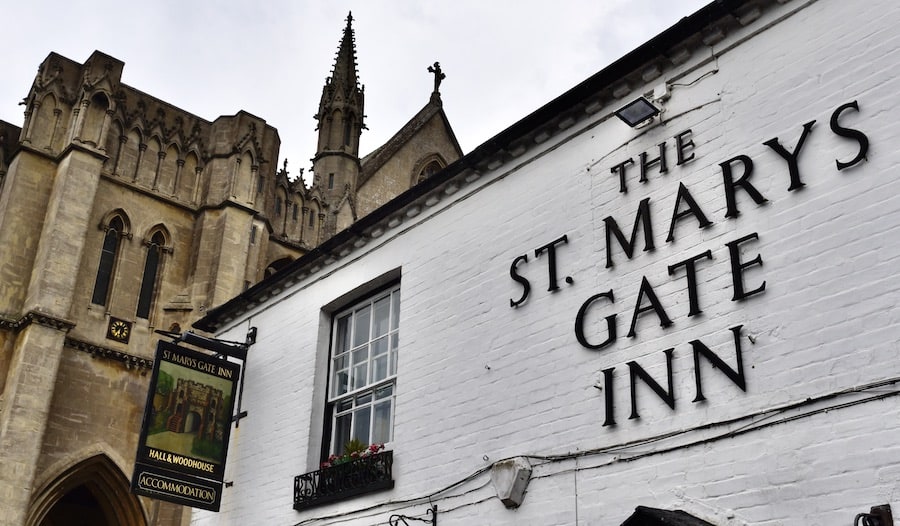
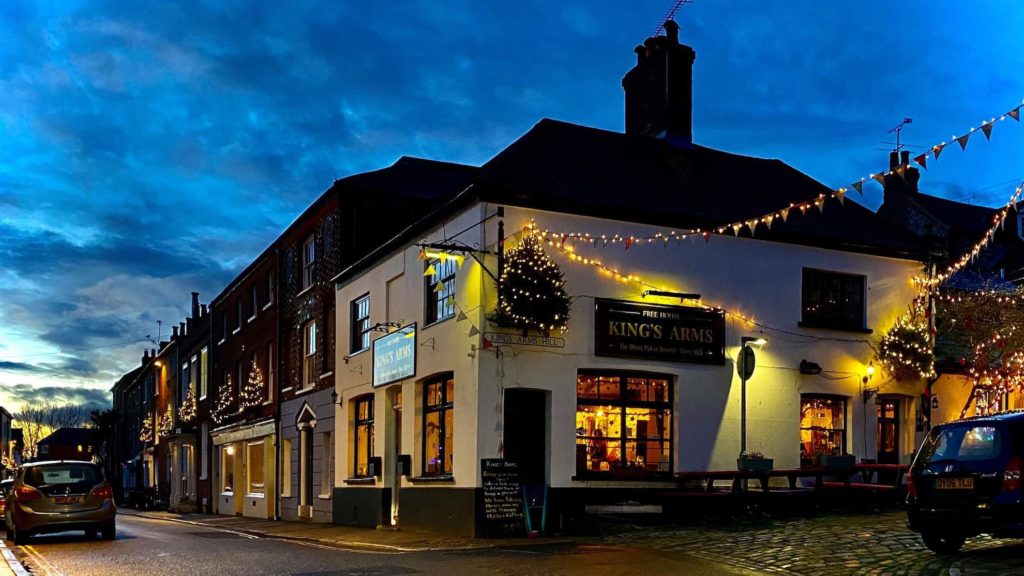
Is Arundel Jailhouse haunted?
Arundel Town Hall stands majestic on Maltravers Street. Underneath the building is a journey into Arundel history. An underground passage links Arundel Town Hall to the original Arundel Jailhouse. Today the Jailhouse is a popular venue for comedy, theatre and live entertainment. That wasn’t always the case. When this prison was built in 1836, a person convicted of a crime in the courtroom above was sent to the Jailhouse through the underground passage. From courtroom conviction to their eventual release (if they lived that long), they could not see daylight. Now the original barred cells are a great place to sit with friends and enjoy a drink. But when the crowds have gone, the Jailhouse is pitch black unless you turn the lights on or light a candle! The Jailhouse is supposedly haunted, and even if you don’t believe in ghosts, it feels very spooky when empty. It’s easy to miss the entrance to the Jailhouse on Arundel High Street. It’s down an almost hidden passageway, Duke’s Path, between the The Town House and China Palace restaurants.

Are you an Arundel mullet?
We’ll give you a clue – it’s not a fish. However, the name does come from the grey mullet that used to be easy to catch in the River Arun. In Arundel, a ‘mullet’ is also the name for anyone born within the parish boundaries. The term has been used for about 200 years, and there is a Mullet Register*, which includes the names of more than 100 ‘Mullets’.
* “While Mark said they have no plans to reprint the register, existing copies of the last register can be bought by contacting arundel.history.forum@gmail.com” Littlehampton Gazette
Written by Barb Hogan, Visit Arundel
Photos by Charlie Waring
|
|
Thank you for Signing Up |


